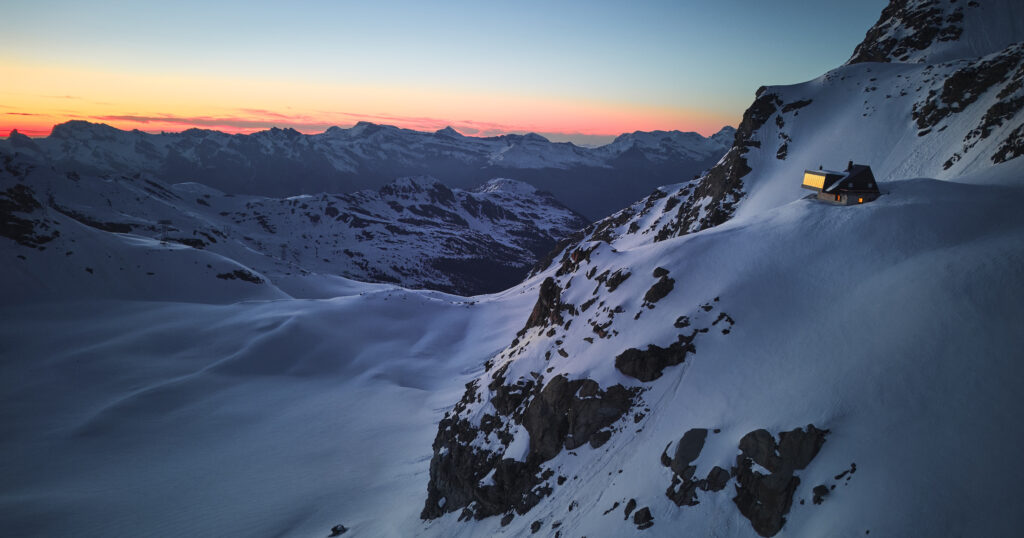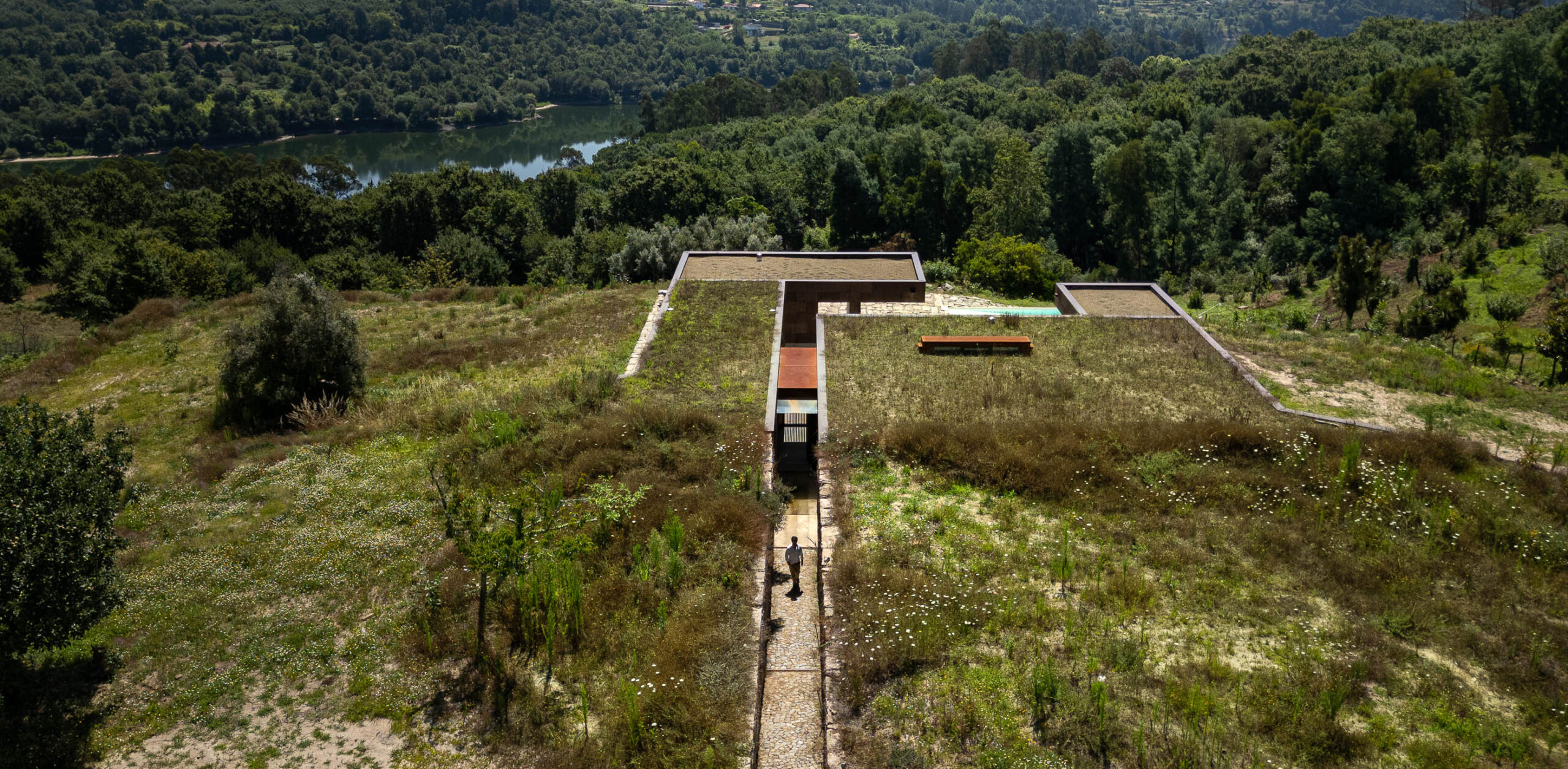Tala and Thomas Heatherwick's Wake bedside lamp doubles as a "non-alarming alarm"


Promotion: British lighting brand Tala has collaborated with Heatherwick Studio to create a sunrise alarm clock disguised as a table lamp, with no visible buttons or screens to bring a sense of "analogue calm" into the bedroom.
The Wake lamp crams maximum functionality into its minimalist body, acting as a gentle alarm, a night light and a white noise machine rolled into one.

Based on emerging research that light exposure is one of the biggest levers in helping us regulate our internal clock – and ultimately sleep better – Wake imitates the natural light of a sunrise to rouse the user at their desired time, swelling to a bright white light of 3,100 Kelvin that helps to suppress production of the sleep hormone melatonin.
In the evening, the lamp smoothly fades to the warm amber light of sunset, filtering out energising blue light to help you fall asleep and encourage a consistent bedtime, which in turn has been shown to improve both sleep quality and duration.

Users can customise everything from the brightness and colour temperature to the speed at which they change – and even add the sounds of a murmuring stream, singing bowls or white noise in three different frequencies to amplify the effects.
"I almost don't want to say the word alarm, because this isn't an alarm clock," Heatherwick Studio executive partner and group leader Stuart Wood told Dezeen. "An alarm is alarming – this is about un-alarming."
"Good sleep is at the foundation of good mental health, good physical recovery, general mood, and how you recover from illness," he added. "There are very few topics that are that foundational to every human being. So to us, that was incredibly exciting."

By eliminating the need for a phone in our sleep routine, Heatherwick Studio hopes that Wake will help to return a sense of "analogue calm" to our bedrooms – an idea that's also reflected in the design of the device itself.
Its exterior is wrapped entirely in natural materials, in the form of hand-glazed ceramic and mouth-blown glass, instead of the traditional plastic casings used by many sunrise alarms.

"We looked at what the current state of affairs is on the market," Wood explained. "And, without naming and shaming any other manufacturers, almost every other offer on the market is plasticky, festooned with buttons, LCDs or LEDs. The tech is very, very forward."
"And that, to us, felt like the utterly wrong approach – but also simultaneously the problem to solve."

The solution involved integrating technology into the very body of the lamp, with a small display hidden in the base behind milky glass, so it disappears completely when not in use.
Instead of buttons or a touchscreen, users can set their wind-down and wake-up time by rotating and pressing down on the lamp's ceramic body, which is rippled to match the glass bulb.
This creates the impression of a rising sun reflected in the ocean below, while simultaneously providing convenient grips for the user.
"The ceramic is designed to fit very comfortably around the fingers as you operate it and turn the base," Wood explained. "So the base is the button; there isn't a button on the base."
"Real, innovative work was put into making the technology sit quietly in the backdrop," he added. "So when it's not activated, there are no screens, there are no flashing lights."
Each Wake lamp is subtly different, since the ceramic base is manufactured using a semi-manual process, which involves pressing the clay into moulds before glazing and finishing it by hand. As a result, each lamp is original.

Unlike traditional slip casting, which is often used to make ceramic homeware, this process doesn't involve a massive amount of shrinkage in the kiln, allowing Tala to control the final dimensions of the product more precisely.
"Ceramic isn't used as a mechanical component very often," explained the company's head of design, Dan Carpenter. "So that was a really fun challenge to get our teeth into."

The only plastic found in the entire lamp was used to create a set of highly precise mechanical components, which are hidden under the bonnet and designed to be just as minimalist as the exterior.
"There's a lot going on on the inside, but we've reduced the complexity of the mechanism as much as possible," Carpenter explained.
"It's not something most people are going to see, but we can sleep at night knowing that the engineering on the inside is as robust and simple as the aesthetic beauty on the outside."

This high-tech side is most evident in Wake's companion app, which allows for deeper levels of customisation.
This includes the exact warmth and brightness of Tala's specially developed, flicker-free bulb, delivering "gallery-grade" colour veracity and full-spectrum light that supports healthy circadian rhythms.
A low-level night light and white noise track can also be programmed to stay on all night.
The accompanying soundscapes were created especially for the project by composer Dani Valkova, incorporating real nature sounds recorded by the World Wildlife Fund, alongside "non-alarming alarm sounds" like bassy Alpine alphorns for those who need a little extra stimulation to wake up.
"She was really focused on the types of frequencies that will engage you in the morning," Carpenter explained. "And the same in the evening – we've tried to find some really beneficial tracks to help you calm down and lower your cortisol level."
Wake is the outcome of a four-year research and development process between Tala and Heatherwick Studio.

It marks the first lighting product ever created by the studio of designer Thomas Heatherwick for the mass market.
"It's been a joyous process for us because it's crafts-based and materials-based, but it's got a deep, hopeful human benefit that everyone can take advantage of," Wood said.
"And it's available on the high street. It's not a crazily exclusive, elitist object. We tried to strike a balance between giving it very pleasant qualities, but keeping an eye on the price point so that we could get it in the homes of as many people as possible."
To learn more about the lamp, visit Tala's website.
Partnership content
This article was written by Dezeen for Tala as part of a partnership. Find out more about Dezeen partnership content here.
The post Tala and Thomas Heatherwick's Wake bedside lamp doubles as a "non-alarming alarm" appeared first on Dezeen.



















































